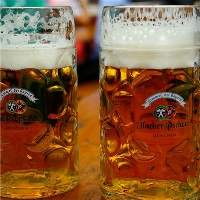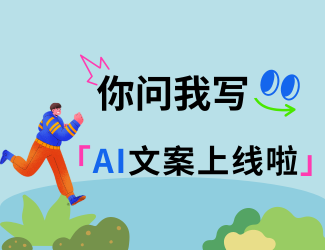Located in Baiyun District, Guangzhou City, Guangdong Electromechanical Vocational and Technical College is a public full-time engineering ordinary higher vocational college affiliated to the Department of Education of Guangdong Province. Vehicle detection is an inspection to determine the technical condition or working ability of the vehicle. During the use of automobiles, with the extension of service time (or the increase of driving mileage), their parts gradually wear, corrode, deform, age, and the lubricating oil deteriorates, resulting in larger clearance of mating pairs, resulting in loose movement, vibration, noise, air leakage, water leakage, oil leakage, etc., resulting in the decline of automobile technical performance.
Main courses Major professional courses: mechanical drawing recognition, mechanical foundation (II), automotive electrician and electronic technology, metalworking practice, engine mechanical system maintenance, automobile transmission system maintenance, engine electronic control technology and maintenance, automobile driving control system maintenance, automobile electrical system maintenance, automobile disassembly and assembly training, automobile maintenance training, automobile comprehensive fault diagnosis, automobile performance testing
Module courses: automobile maintenance English reading, automobile air conditioning maintenance, diesel engine electronic control technology and diagnosis, certification training for senior automobile maintenance workers, comprehensive practice of professional skills (automobile inspection), new automobile technology, automobile body and paint, old motor vehicle identification and evaluation, Jaguar Land Rover after-sales technology (Level II), Jaguar Land Rover after-sales technology (Level III)
Admission requirements 1. The proportion of filing is determined according to the source of students. The proportion of filing is generally controlled within 100% - 120% of the enrollment plan. The College will make appropriate adjustments within this proportion according to the source of students. In the provinces (districts and cities) where parallel volunteer filing is implemented, the College can determine the micro adjustment plan and file adjustment ratio of enrollment plan according to the parallel volunteer filing rules and student source conditions published by the provincial recruitment offices.
2. When the ideological and political morality assessment and physical health examination are qualified, the unified examination results reach the same batch of admission control score line, and meet the college's filing requirements, the college will select the best candidates according to their scores and professional aspirations. Candidates who have applied to the college will not withdraw from the college if they pass the political review and physical examination and are subject to professional adjustment.
Training objectives The major of automobile inspection and maintenance technology is aimed at authorized automobile maintenance service companies, automobile inspection centers (stations), automobile transportation companies, insurance assessment companies, insurance companies, engineering machinery sales and after-sales service enterprises. It cultivates all-round development of morality, intelligence and physique, has good professional quality, and is competent for automobile inspection, maintenance, sheet metal repair, quality control, on-site management High skilled talents in automobile insurance claim settlement and construction machinery maintenance.
Employment direction 1. Automobile 4S stores and automobile transportation enterprises are engaged in automobile maintenance, inspection, sheet metal repair, quality control and on-site management;
2. Vehicle testing centers (stations) are engaged in vehicle testing and on-site technical management;
3. Engaged in the appraisal and evaluation of used motor vehicles;
4. Engaged in automobile insurance claim settlement and assessment in automobile after-sales service industry, insurance assessment companies, insurance companies and related financial fields;
5. Engaged in the sales and after-sales service of construction machinery.
Professional knowledge of automobile inspection and maintenance technology What are the main components of the driveline? What does it do?
Answer: The transmission system is mainly composed of clutch, transmission (and transfer case), transmission shaft, universal joint, reducer, differential, half shaft and other components. The role of the transmission system: transmit the power output by the engine to the driving wheels to drive the car.
What is the function of the clutch?
Answer: The function of the clutch is to make the power of the engine and the transmission device smoothly combine or temporarily separate, so that the driver can start, stop, shift and other operations of the car.











